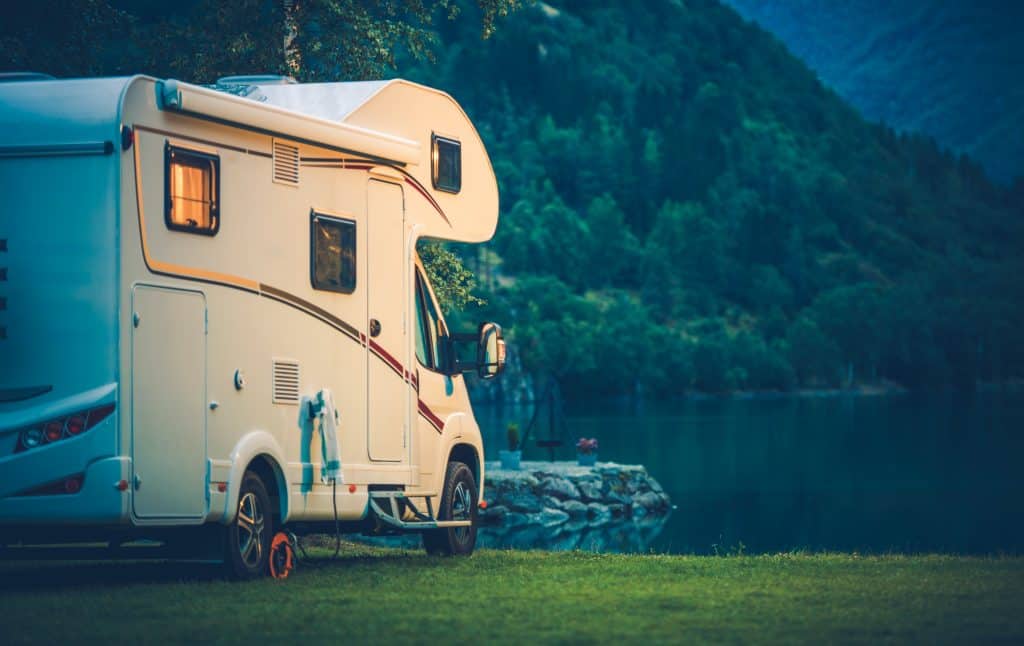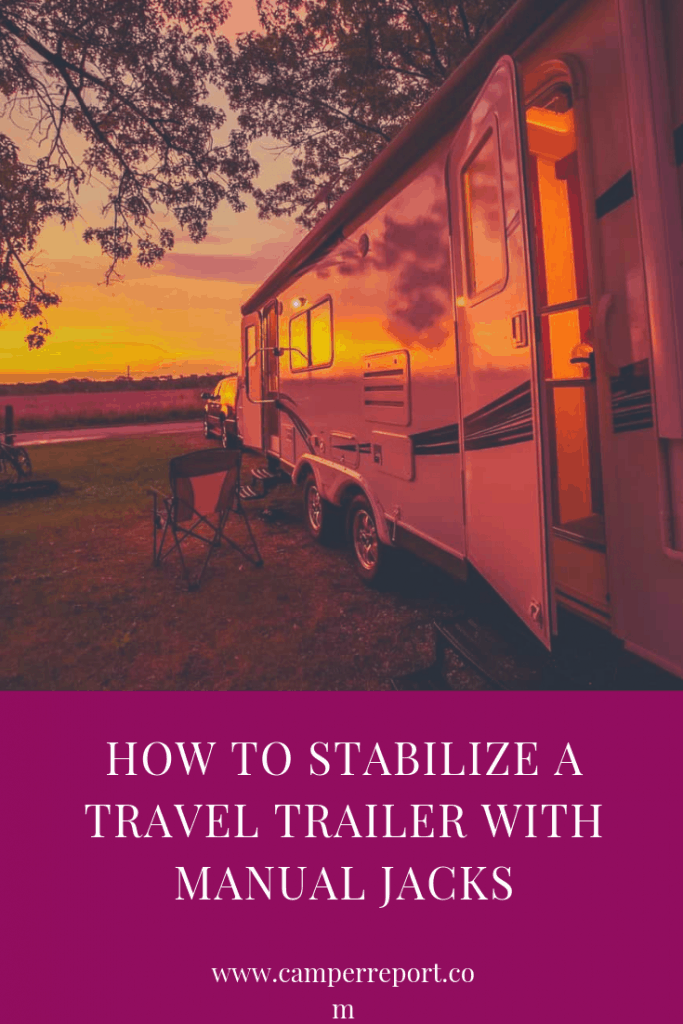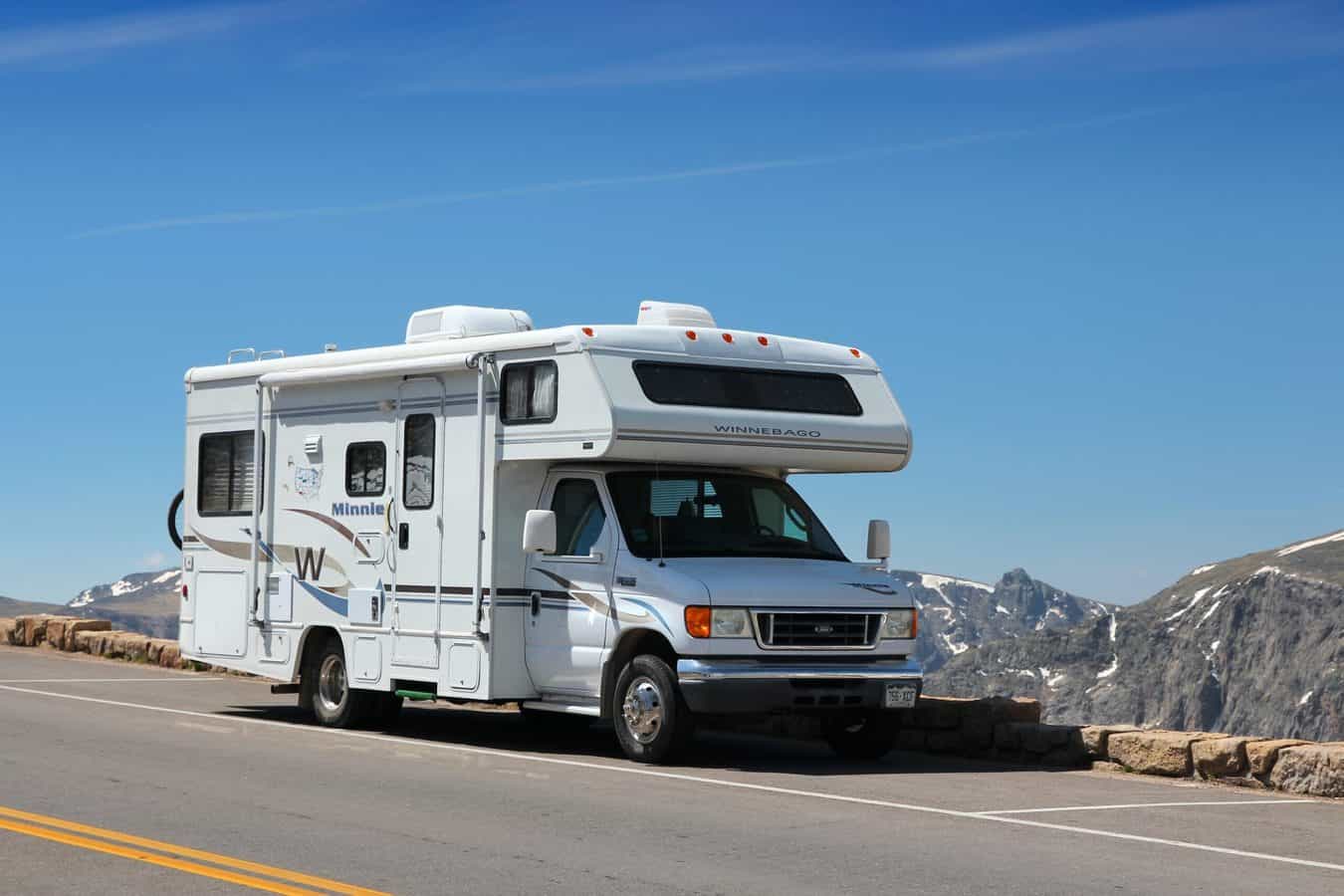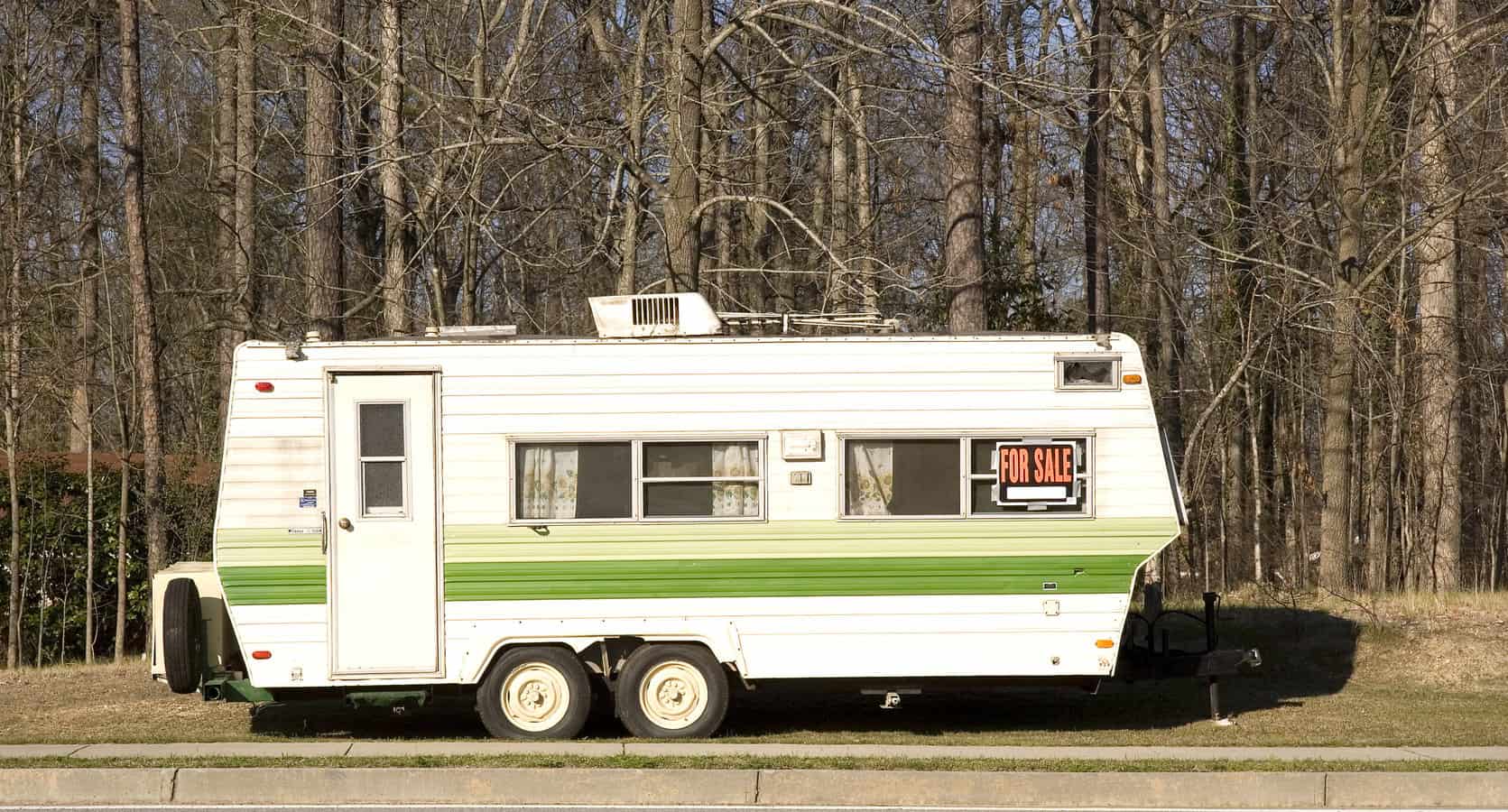Say you have the perfect vacation planned with your RV after months of research and saving. You pick out the best camping site you can possibly think of. It’s the perfect week, the weather is beautiful and you’re with your closest friends and family.
You pull up, are about to disconnect and take a load off, but you may realize you have no idea how to take the load off– your tow vehicle that is or even set up your trailer correctly.
This post will give you the steps and information that you need to make sure that you have a safe, fun journey. Don’t worry, this is a simple quick process that if you have the right tools for, be attentive, and secure correctly, you will have a blast the rest of your trip.
But First, Pro Tips
Something I didn’t know before I started going out on RV trips was that you actually need to level and stabilize your travel trailer before detaching from your tow vehicle and climb into bed! Stabilizing and leveling your trailer and using with the attached jacks are actually very different steps to be aware of.
Stabilizing requires tools to use to finish set up after you level your travel trailer. Leveling happens first to make sure you are in a good position to actually set the jacks down onto the ground.
Some people think that you just use the jacks to stable your trailer–easy right? However by doing this you actually could ruin the alignment of your jacks and make them unusable.
When you do start putting the jacks down onto the ground, make sure that you start at the front of your trailer as it just makes things a little easier to align. You also do not want to be attached to the truck while you are leveling your trailer. It may seem obvious, but there have been incidents!
Another important thing to realize is that stabilization and leveling correctly is not only vital for your safety and comfort, but also so that your appliances and doors work correctly. Didn’t think of that at first, but the refrigerator will not work properly if you’re off balance or slanted. The doors also won’t open and close as smoothly either.
If you start experiencing door and refrigerator issues, check the level of your trailer! You might not notice, but your RV will!
The Tools You Will Need
To get started with setting up your house on wheels before you take a snooze or even get in it. You will be leveling out your travel trailer and you will need several tools to make sure you get the job done. Below are a few simple tools that will help you to make sure you stay firmly and evenly on the ground.
- Level (Electronic or manual techniques)
- Stabilizing jack pads (to make sure you don’t start sinking into the ground and to help your jacks remain securely on the ground.)
- (potential tool) Lynx Levelers or similar products.
- Chock blocks (when you unhook from your car, these are so you don’t roll away)
- Hand Crank
Let’s talk about the level for a minute. Modern day technology has become increasingly advanced, so there are really fancy levels out there that can help you get the job done without you having to yell to your friend in the front directions. Trust me this will save you from pulling out your hair.
On the market, you can buy electronic levels that when placed on the floor of your travel trailer can sense which wheel (or wheels) needs to be raised or lowered to be level.
It’s quite handy as some models separate into two pieces so you can walk around your trailer without having to go back and forth looking at the one on the floor. Levels also come on an app you can get for your phone!
Another type of level you can get are just manual or “Do It Yourself” ones. By “Do It Yourself” I mean just using what you have that has a surface that can roll around like a water bottle or soda pop can.
For a different type of level, you can get a regular level tool and place it on the floor to see how you are doing, but it might take you a little extra time for each corner. Just make sure that before you use this type of level you are on even ground, so you have an even base to work with.
Stabilizing jack pads are also an essential tool to help you make sure you are well, stable! If you camp in really wet or humid places like Missouri for example, you may start sinking into the ground after a while. By using a jack pad it will help you stay out of the mud a little better.
Lynx Levelers is a super handy tool and are also really great for traction. While lifting your travel trailer onto the leveler while you work, they also help make up the space difference (jack to the ground) when you go to stabilize.
Chock blocks, don’t do anything without them. Before disconnecting your tow vehicle with your trailer make sure you put some of these bad boys down between your wheels. You do not want a runaway RV if you are on a slant or slightly softer ground. By placing them down first, you save yourself a lot of insurance.
Last but not least, the hand crank. I have actually seen two kinds of cranks. The first kind just fits into the jack and is a simple manual turning sequence. The second kind I have seen is a powerful tool that will lower the jack pretty quick, but it’s not really necessary for set up. Maybe saves you two minutes.
The How To Steps

Below are the steps that you will need to follow in order to properly stabilize your travel trailer. Remember, don’t use the jacks to level out your RV as it could ruin them.
1. Using the stabilizing jack pads make a setting to where you can pull your trailer up onto them. By doing this you actually raise the tires slightly off the ground giving you some extra support and space to work.
2. Place chock blocks behind your wheels as it– as well as the stabilizing jack pads– will help prevent your trailer from going anywhere as easily.
3. Start leveling your trailer. You can use the electronic or manual levels to get the job done. If you do this while your towing vehicle is connected it helps a lot in the stabilizing process. You can use the jack pads to help even out the sides of the trailer. Ideally, you are on the most even ground you can find. It makes things a lot easier, promise! Once it passes the rolling pop can test, you can start stabilizing.
4. Starting on one side of the trailer, preferably the front as it will make stabilizing the back easier to do, use your hand crank to insert itself into the jack. You want to crank the jack all the way to the ground until you get a little bit of resistance from it.
5. Repeat for each side
6. However, if you find yourself in a situation where one of your jacks doesn’t reach to the ground all the way, this is where the Lynx Levelers come into play. It may take a few of them, depending on how much of a height difference there is, but by placing a few of them underneath the short jack it will help solve the issue for sure.
7. If the jack is extended too much, it actually renders the jack useless, so if you think you overextended the jack, it’s ok to use a few of the levelers just in case.
8, After every jack is firmly on the ground and you feel level, you should be good to go and have a great time on vacation. If you feel like things are a little uneven or if you find that the trailer rocks a lot from side to side, it may be worth readjusting your levels. If all else fails, the internet shopping world does carry side stabilizers to help minimize the rocking.
How do I know if I did it right? The doors will open and close in the right way without resistance, you won’t be rocking back and forth, and the refrigerator will be able to work. Happy traveling!





